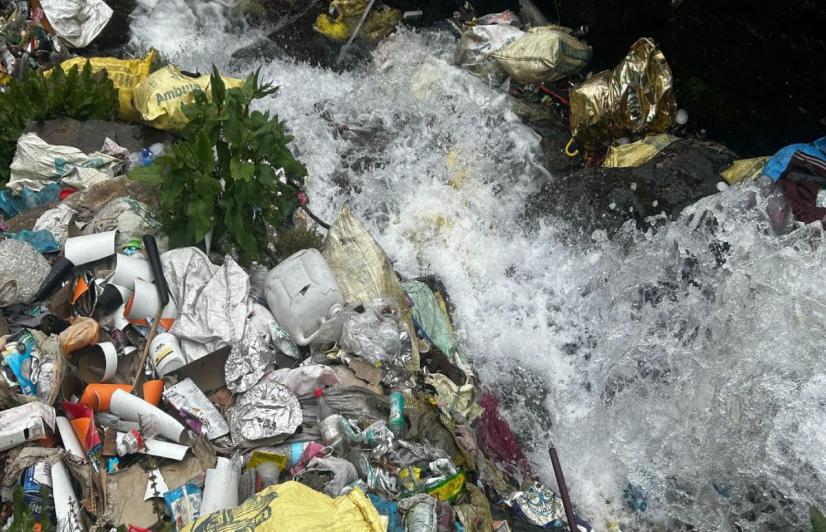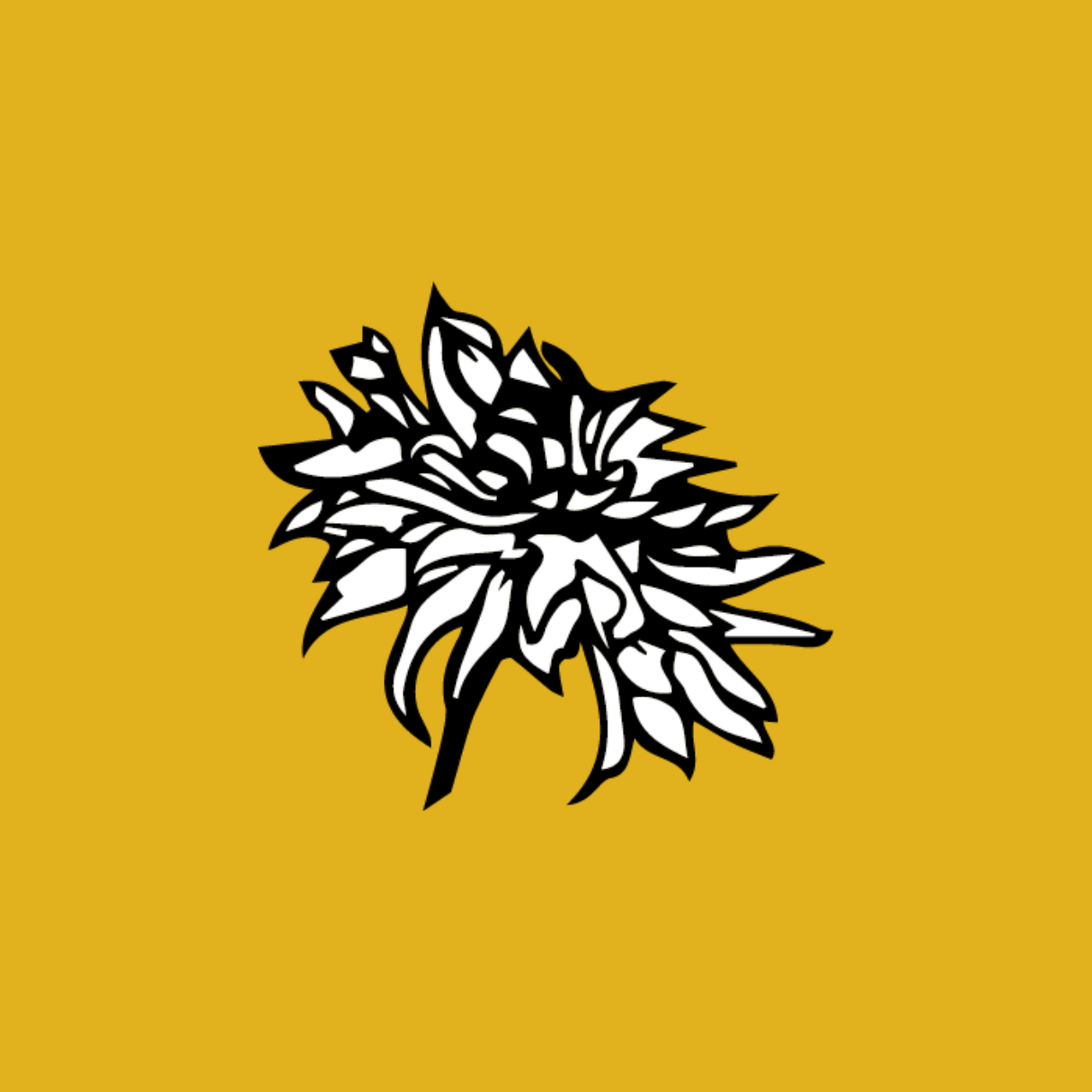It’s no secret that our world is not the same as it was 100 years ago; toxins are impossible to avoid in daily life. They come into our body through our air, water, food, lotions and hygiene products, our cooking and cleaning products, it’s the kind of topic that can get real scary, real fast. But that is why periodic body cleanses are so important- now more than ever.
Ayurveda has been stressing the importance of body cleanses for the past 5,000 years, and they have some of the most intense body cleanses available. PanchaKarma, Ayurveda’s premier detox program, can reduce the lipophilic toxins, such as PCBs, by about 50% in the body.* However, PanchaKarma can be quite pricey and time consuming here in the States, and isn’t for everyone. Cleansing at home can be an easier and cheaper option, especially for those just wanting to get their toes wet.
Ayurveda recommends 4 cleanses per year, one after every season, with the Spring cleanse being the most important, and the Autumn cleanse’s importance not too far behind. Cleansing regularly helps the body to maintain a healthy weight, keep the immune system strong, and reset the body’s metabolism. Cleanses can assist in lowering cholesterol, blood sugar levels, clear the skin, waylay headaches, heartburn, indigestion, and menstrual cramps, plus promote better overall health. We get our car’s oil changed every 3,000 miles, it makes sense to clean out our digestive track and other organs every 3 months as well. Another advantage is the cumulative effect. People that cleanse regularly (3-4 times per year) notice better results in terms of immune strength and health management.
So what does one do for this cleanse?
A traditional Ayurvedic cleanse is composed of 3 aspects: Oleation, Purgation, and restitution.
The oleation phase can be between 3-7 days, during which the person is taking herbs or other solvents to loosen toxins from within their body. They are on a light diet and drinking plenty of tea or water. The tea will be a certain type of herbal tea chosen specifically for that person- just as the herbs or solvents are chosen specifically by person, and will assist in the detoxifying process.
The purgation phase is only 1 day, and this is a day of rest for the person, ideally done on a day when one can be home from work and have no commitments. For this phase, a laxative is taken, usually castor oil mixed with juice, and all the toxins that were being loosened in the body are purged. Diet is very light on this day- it consists of broths, soups, and plain rice or veggies.
The restitution phase is simply the 3 days following purgation during which one slowly returns to their normal diet. If one returns too quickly to eating heavier foods, before the body’s digestive system is fully recovered, much of the good of the cleanse is undone.
One of the nice things about Ayurvedic cleanses is that there is no fasting involved. A person eats lightly, true, but never goes hungry.
Cleanses can concentrate on a certain part of the body, like the liver, kidneys, blood, or colon- there’s even a cleansing procedure for the eyes! Or it can be a total body cleanse. There are numerous “cleanse in a box” kits in stores, or you can give it a try this spring with an Ayurvedic cleanse designed just for you!





